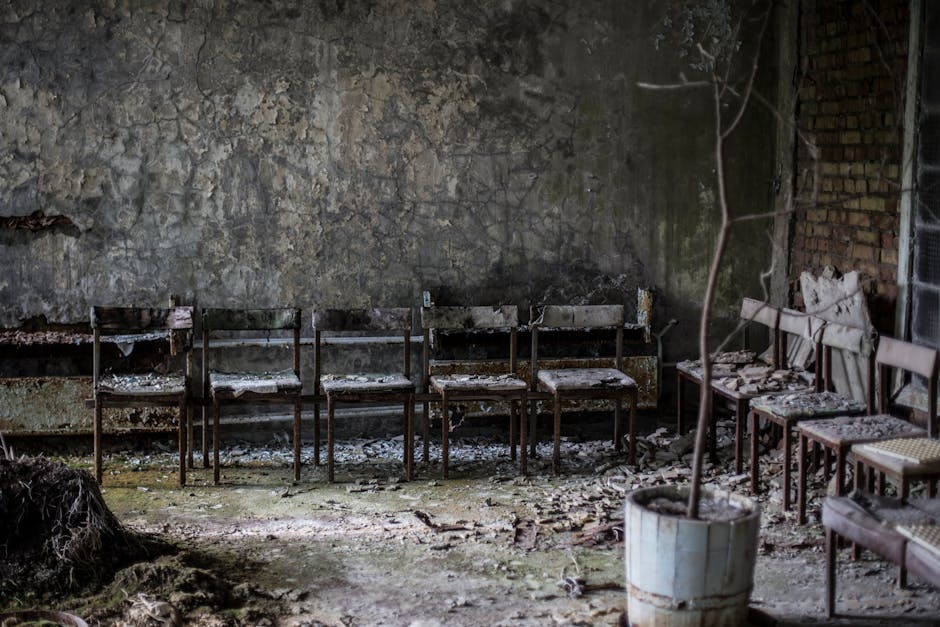For months, the world has held its breath, watching the Zaporizhzhia Nuclear Power Plant (ZNPP) as one would a ticking time bomb. The largest nuclear facility in Europe, caught on the frontlines of a brutal war, has been a terrifying symbol of how close we could come to a continental catastrophe. Today, a collective, albeit cautious, sigh of relief can be heard as reports confirm that critical repairs have finally begun at the beleaguered plant, facilitated by newly established, demilitarised ceasefire zones.
A Fragile Diplomatic Breakthrough
This breakthrough, brokered after intense and often fraught negotiations involving the United Nations and the International Atomic Energy Agency (IAEA), represents a fragile but significant victory for diplomacy. According to sources on the ground and confirmed by IAEA observers, Ukrainian engineers—working under the shadow of Russian occupation—have started the herculean task of assessing and repairing damage sustained during months of shelling. The establishment of ceasefire zones was the critical first step to allow this dangerous but essential work to proceed.
The Herculean Task: Restoring Power and Safety
The priority is clear: restore the stability of the plant’s external power supply and cooling systems. For too long, the ZNPP has been forced to rely on backup diesel generators—a last line of defence against a reactor meltdown. The repeated severing of its connection to Ukraine’s power grid has been the single greatest fear for nuclear experts globally. The repairs at the Zaporizhzhia nuclear plant focus on these vital power lines; it’s not just about fixing wires, but about pulling Europe back from the precipice of a radiological disaster.
Global Implications and India’s Stance
From New Delhi’s perspective, this development is more than just a distant headline. India, a responsible nuclear power itself, has consistently advocated for restraint and the urgent need to safeguard nuclear installations. A nuclear accident in Ukraine would have devastating global consequences, triggering chaos in energy markets, disrupting supply chains, and casting a long shadow over the future of nuclear energy. This small step towards securing the ZNPP is a welcome validation of India’s consistent diplomatic stance calling for de-escalation.
A Ceasefire, Not a Permanent Solution
However, this fragile truce should not be mistaken for a permanent solution. The ceasefire zones are a plaster on a gaping wound. The fundamental, high-risk situation—a Ukrainian nuclear plant operated by its original staff but controlled by an occupying military force—remains unchanged. The success of these repairs and the longevity of the ceasefire depend entirely on the continued goodwill of both sides.
The IAEA’s continued presence on-site is the world’s only guarantee of impartial verification. Their inspectors are the eyes and ears ensuring that the ceasefire is not used as a cover for further militarisation of the plant, and their technical guidance is crucial for the Ukrainian staff performing these high-stress repairs.
This moment at Zaporizhzhia is a critical test of whether international pressure can create pockets of sanity in the midst of war. While engineers in Zaporizhzhia work to mend broken circuits, diplomats must work with equal urgency to mend the broken trust that led to this crisis. Today, a disaster has been deferred. But the work to truly secure the plant, and by extension the world, has only just begun.




